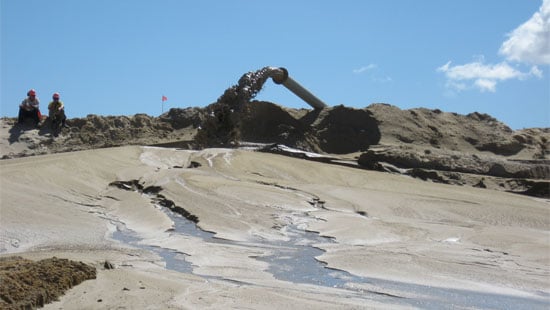
OreBind™ Technology for Tailings Management
Product Details
Recent environmental concerns have led to strict operating restrictions for permitting coal refuse slurry impoundments. Older impoundments can reach permitted capacity with no alternative means of disposal. Many operations are typically constrained by terrain or other space limitations that eliminate traditional refuse slurry impoundment options. Most recently, individual slurry cells are also becoming popular with regulating agencies.
Slurry cells can also limit the overall pace of production, as only a small and finite number of cells can be built and filled simultaneously. It takes time to fill a cell, and even longer for deposited solids to dewater so that a cell can be covered to create space for a new layer in the same impoundment.
There are few alternatives to refuse impoundments and the slow solids densification of a typical slurry cell. These alternatives offer the advantage of limiting the active footprint of a coal waste disposal site, with primary alternatives including:
- Filtration using twin belt filter presses or vacuum filters to remove sufficient water to make waste solids easily conveyed or hauled away.
- Paste, or deep cone thickening, to increase refuse slurry specific gravity before the refuse slurry is deposited in the impoundment to speed up the process of refuse dewatering.
While these options can ease waste slurry management issues and prolong the life of scarce impoundment space, they also have significant drawbacks, including high capital start-up, labour and maintenance costs, and limited operational flexibility.


